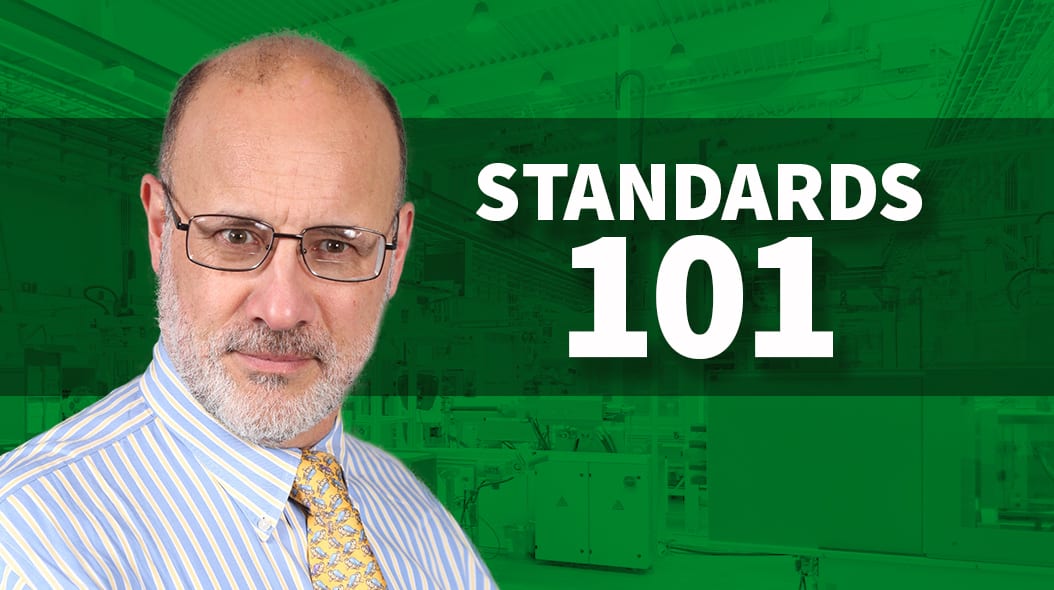NCSLI
Patrick Jester, JD., CQA
NCSLI | Patrick Jester, JD., CQA
Auditors anticipate supply chain challenges, cybersecurity threats, and regulatory changes.
Anatomy of the Next-Generation Quality Auditor

The traditional role of a quality auditor has undergone a transformative evolution driven by technological advancements, dynamic global markets, and heightened industry demands for compliance and excellence. Today, the next-generation quality auditor is more than a compliance enforcer; they are strategic leaders, data experts, and innovation drivers. This article explores these modern professionals’ characteristics, skills, tools, and strategic significance.
Core Characteristics of the Next-Generation Quality Auditor
- Proactive Strategist:
- They foresee potential quality challenges and align audits with strategic business goals, ensuring the organization stays ahead of risks.
- Technology Enthusiast:
- They are familiar with emerging tools like artificial intelligence, machine learning, and big data analytics, and they use technology to enhance auditing precision and efficiency.
- Collaborative Leader:
- They foster collaboration across departments, breaking silos to create a unified approach to quality improvement.
- Adaptability and Agility:
- They are adaptable to rapidly changing regulations and industry trends, ensuring that their methodologies stay relevant and effective.

Caption
The standard provides a systematic approach to sampling without overtaxing resources.
P - Main body. paragraph of text goes here. Main body. paragraph of text goes here. Main body. paragraph of text goes here.
“Pull Quote Goes Here”
Emerging trends in quality auditing are reshaping the field.
Skill Set of Modern Auditors
Data Analytics Skills:
- Competence in interpreting complex datasets and leveraging tools like Power BI or Tableau for actionable insights.
Risk-Based Thinking:
- Prioritize audit focus based on risk severity to streamline processes for maximum impact.
Deep Knowledge of Standards:
- Expertise in ISO standards (e.g., ISO 9001, ISO/IEC 17025) and industry-specific regulations to ensure compliance and improve operational efficiency.
Leadership and Communication:
- Strong interpersonal skills to clearly articulate findings and inspire change across organizations.
Tools of the Trade
AI-Powered Auditing Platforms:
- Software that automates routine tasks, detects anomalies, and provides predictive insights to elevate the quality auditing process.
Mobile Auditing Apps:
- On-the-go tools like iAuditor streamline data collection and reporting in real-time.
Cloud-Based Management Systems:
- Platforms centralize documentation, making quality systems more accessible and auditable.
- Virtual Reality (VR) for Auditing:
- Emerging technologies allow auditors to examine facilities or conduct training sessions remotely.
Strategic Importance of Next-Generation Auditors
Transforming Compliance into Value:
- Modern auditors help organizations view quality compliance not as a cost but as a strategic asset that drives customer satisfaction and market competitiveness.
Enabling Continuous Improvement:
- By identifying systemic issues and suggesting actionable solutions, auditors contribute to sustainable growth and innovation.
Mitigating Global Risks:
- Auditors anticipate supply chain challenges, cybersecurity threats, and regulatory changes, ensuring organizational resilience.
Case Studies: Next-Generation Auditors in Action
Automotive Industry Transformation:
- An automotive company adopted AI-powered auditing software, reducing non-conformance rates by 30% and enhancing product reliability.
Healthcare Compliance Excellence:
- A hospital implemented real-time analytics for audits, significantly improving patient safety measures while ensuring compliance with stringent regulations.
Sustainability Leadership in Manufacturing:
- A manufacturing firm’s auditor embedded ESG metrics into the quality system, helping the company achieve carbon neutrality and attract socially conscious investors.
Emerging Trends in Quality Auditing
Emerging trends in quality auditing are reshaping the field, driven by advancements in technology, evolving regulations, and the need for greater efficiency. Here are some key trends to watch:
AI and Machine Learning Integration:
- Artificial intelligence is automating routine auditing tasks, such as data analysis and anomaly detection, allowing auditors to focus on strategic insights and decision-making.
Blockchain for Transparency:
- Blockchain technology is being used to create tamper-proof records, enhancing transparency and trust in audit processes, particularly in supply chain and financial audits.
Remote and Virtual Audits:
- The rise of remote auditing tools enables organizations to conduct audits efficiently across global locations, reducing costs and logistical challenges.
Risk-Based Auditing:
- Auditors are increasingly adopting risk-based approaches, prioritizing areas with the highest potential impact to optimize resources and improve outcomes.
Focus on ESG (Environmental, Social, and Governance):
- Audits are expanding to include ESG metrics, reflecting the growing importance of sustainability and ethical practices in business operations.
Real-Time Monitoring:
- Advanced analytics and IoT devices are enabling real-time monitoring of processes, providing continuous assurance rather than periodic checks.
Quality 4.0:
- The integration of digital technologies, such as cyber-physical systems and augmented analytics, is transforming quality management and auditing into a more predictive and proactive discipline.
Enhanced Data Security:
- With increasing reliance on digital tools, ensuring data security and compliance with privacy regulations is becoming a critical focus in audits.
These trends highlight the shift towards more agile, technology-driven, and value-focused auditing practices.
Conclusion
The anatomy of the next-generation quality auditor reflects a fusion of technical expertise, strategic thinking, and adaptability. As industries become increasingly complex, these professionals are at the forefront of driving operational excellence, compliance, and innovation. Organizations that recognize their value and invest in their development will be better equipped to succeed in a rapidly changing world.
References:
- xxxxxxxxx
xxxxxx - xxxxxxxxx
xxxxxxx
Opening Background Image and Pull Quote Image Source: Marco VDM / E+ via Getty Images.
Patrick Jester, J.D., CQA, president, Blackthorn Consulting Group, Inc. Patrick is the visionary behind Blackthorn Consulting Group, Inc. in Baton Rouge, LA, where he delivers transformative quality management system and training solutions that convert knowledge into measurable success. As a Lead Assessor for ISO/IEC 17025 Calibration Laboratories and an ASQ Certified Quality Auditor, Patrick plays a pivotal role helping companies reach their strategic objectives. His leadership credentials include previously serving as vice president of quality & corporate compliance for a large, multiple location calibration laboratory, and as a Divisional NCSLI Vice President and contributing to various NCSLI Committees. Additionally, Patrick is the current ASQ Measurement Quality Division Chair.
In 2018, Patrick earned his Juris Doctor from Southern University Law Center, discovering his passion for leadership and becoming a committed advocate for effective leadership practices. A perpetual student of leadership, he seizes opportunities to share insights and inspire others. In 2024, Patrick became a Louisiana Notary Public, commissioned in E. Baton Rouge Parish and qualified throughout the state.
READ MORE:
- xxxxxxxx
- xxxxxxxx
